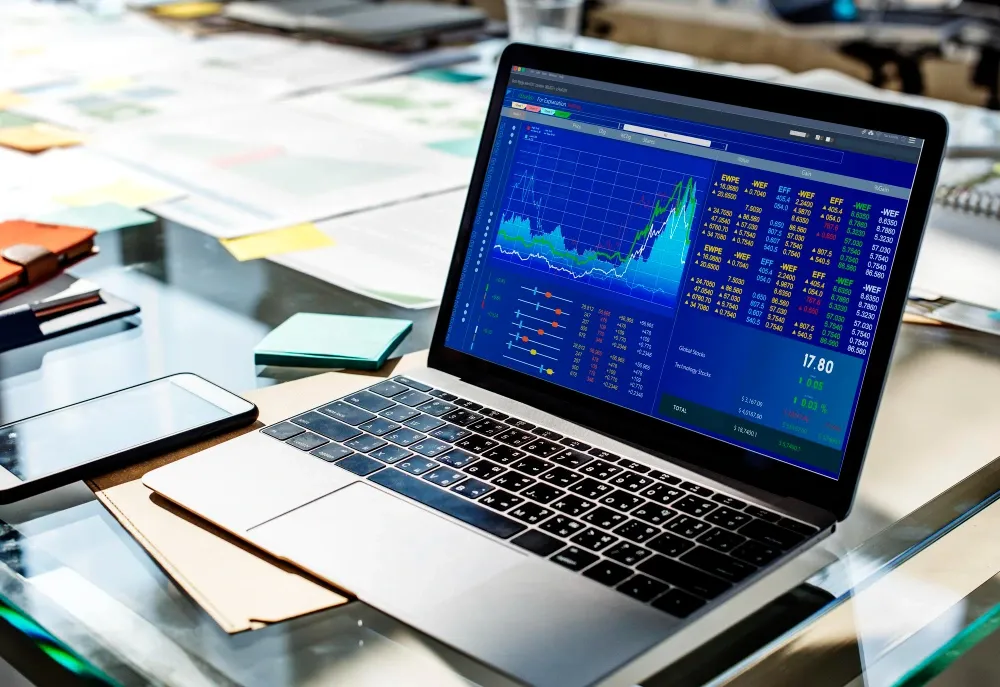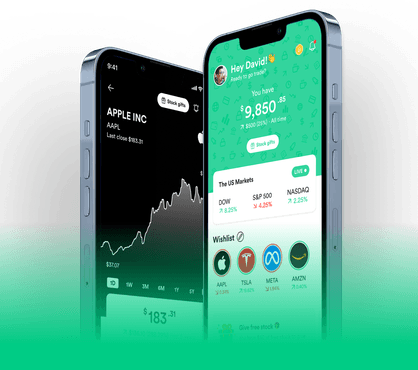Many beginner investors often come across the term market cap when reading financial reports or stock news but aren’t entirely sure what it means. In reality, market capitalization is one of the simplest yet most powerful indicators for understanding a company’s size, risk level, and growth potential.
By knowing what market cap is and how it works, investors can make more informed decisions when comparing companies or building a diversified portfolio. Here’s a complete breakdown from Gotrade to help you understand it clearly.
What Is Market Cap?
Market capitalization, or market cap, refers to the total value of a company’s outstanding shares in the stock market. It is calculated by multiplying the current share price by the total number of shares outstanding.
According to Investopedia, this figure gives investors a quick way to gauge the size of a company and its standing in the market.
Example:
If a company’s stock price is $5 and it has 1 billion shares outstanding, its market cap would be $5 billion.
Market cap doesn’t always reflect a company’s true fundamentals, but it offers a simple and consistent way to categorize companies by scale.
Market Cap Formula
As noted by the CFI, the basic formula for calculating market capitalization is:
Market Cap = Share Price × Total Shares Outstanding
Example:
If Netflix (NFLX) trades at USD 600 per share and has 442 million shares outstanding, its market cap would be around USD 265 billion.
This calculation shows how much investors, collectively, value a company in the market.
Types of Market Cap
Companies are typically classified into several categories based on their market capitalization. The three main ones are large-cap, mid-cap, and small-cap, with additional groups like mega-cap or micro-cap for more specific segmentation.
1. Large Cap
- Companies with a market cap above USD 10 billion.
- Examples (U.S.): Apple, Microsoft, Tesla, Amazon.
- Characteristics: Highly stable, well-established businesses, suitable for long-term investors seeking steady growth.
2. Mid Cap
- Market capitalization between USD 2–10 billion.
- Examples (U.S.): Zoom Video Communications, Etsy.
- Characteristics: Offer more growth potential than large caps but come with higher risk and volatility.
3. Small Cap
- Companies with a market cap below USD 2 billion.
- Examples (U.S.): Early-stage tech firms or startups listed on the Nasdaq.
- Characteristics: High potential for rapid growth but also high volatility and uncertainty.
Examples by Market Size
United States
- Apple (Large Cap): Surpassed USD 3 trillion in market cap in 2023.
- Shopify (Mid Cap): A Canadian e-commerce company popular in the U.S. market.
- Roku (Small Cap): Streaming device company with a smaller capitalization compared to tech giants.
These examples show how company sizes vary significantly — and how market cap helps investors compare them efficiently.
Why Market Cap Matters in Investing
Understanding market capitalization is crucial for developing an effective investment strategy. Here’s why it matters:
1. Measuring Risk
Large-cap stocks are typically more stable, making them suitable for conservative investors.
Small-cap stocks, while riskier, can offer higher returns for those willing to take on more volatility.
2. Portfolio Allocation
Market cap helps investors decide how to diversify their portfolios — for example, allocating 60% in large caps, 30% in mid caps, and 10% in small caps for balance.
3. Comparing Companies
It allows easy comparisons within the same industry. For instance, comparing BBCA and BBRI can show which bank holds a larger market position.
4. Long-Term Strategy Planning
Long-term investors tend to prefer large-cap companies for their stability, while more aggressive traders may focus on mid- or small-cap opportunities.
5. Reflecting Market Sentiment
A sudden rise in small-cap stocks may indicate increased investor optimism — or speculative activity in the market.
6. Foundation for Valuation
Market cap is often the first step in deeper valuation analysis, such as calculating Price-to-Earnings (P/E) or Price-to-Book (P/B) ratios.
7. Linked to Liquidity
Generally, larger companies have more liquid shares, meaning they are easier to buy and sell on the market.
Conclusion
Market cap is a simple yet essential concept every investor should understand. It helps you evaluate a company’s size, compare businesses across sectors, and manage portfolio risk more effectively.
If you’re ready to invest in leading global companies like Apple, Netflix, or Tesla, you can now start easily through Gotrade app, download now.
FAQ
1. Is market cap the same as a company’s book value?
No. Market cap is calculated using the current share price multiplied by the number of shares outstanding, while book value comes from the company’s financial statements.
2. Can a company’s market cap change?
Yes. Market cap fluctuates as stock prices move or as companies issue or buy back shares.
Disclaimer
Gotrade is the trading name of Gotrade Securities Inc., which is registered with and supervised by the Labuan Financial Services Authority (LFSA). This content is for educational purposes only and does not constitute financial advice. Always do your own research (DYOR) before investing.











